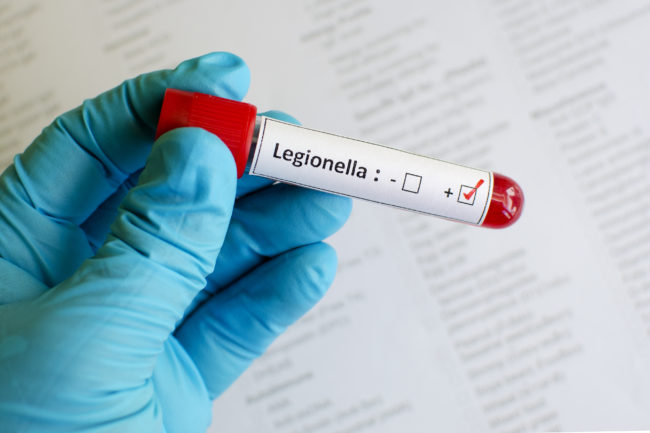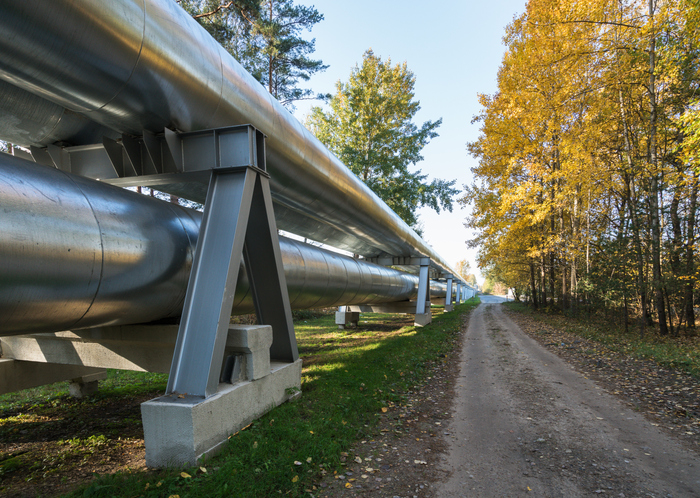As the coronavirus continues to spread across the nation, states throughout the country are ordering citizens to stay at home and not report to work. All orders, however, contain carve out exceptions for essential or life-sustaining activities, such as providing health care, medicine, and food. Yet, these orders have created much uncertainty as to what constitutes essential or life-sustaining activities. Arguably, many activities not directly related to containment of the coronavirus are still essential and/or life-sustaining. As with every aspect of the country’s economy, the coronavirus …
Continue Reading









